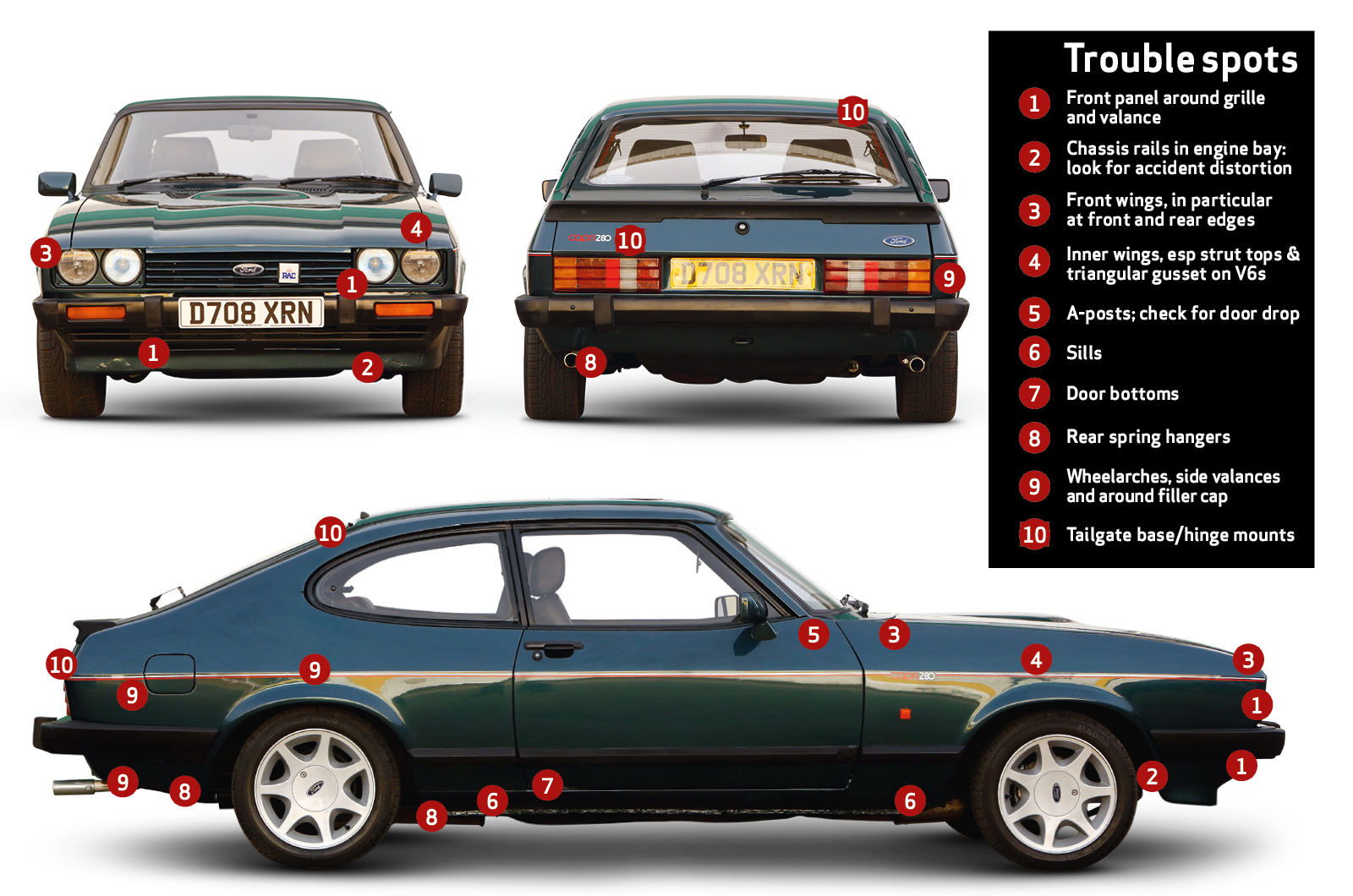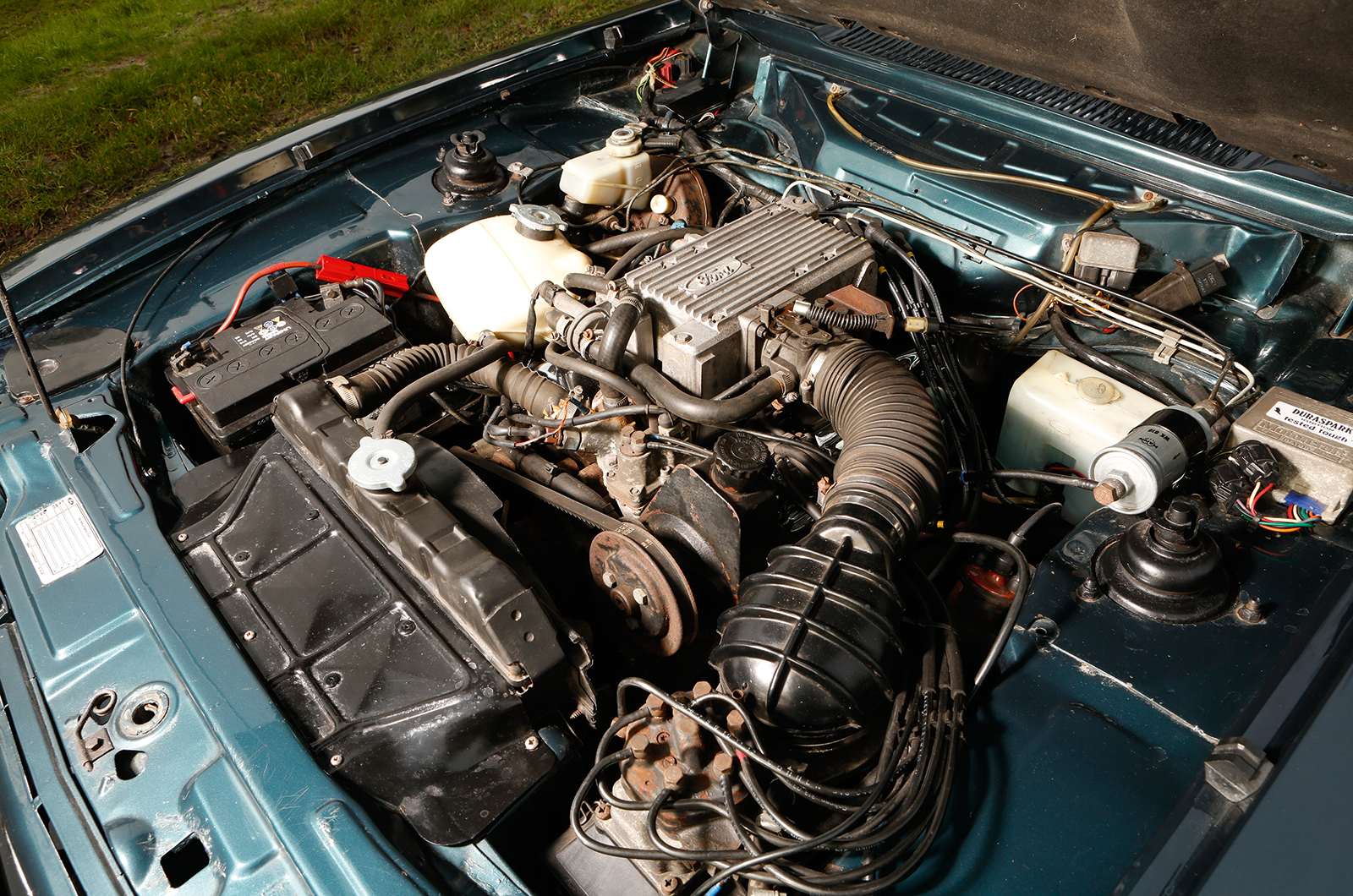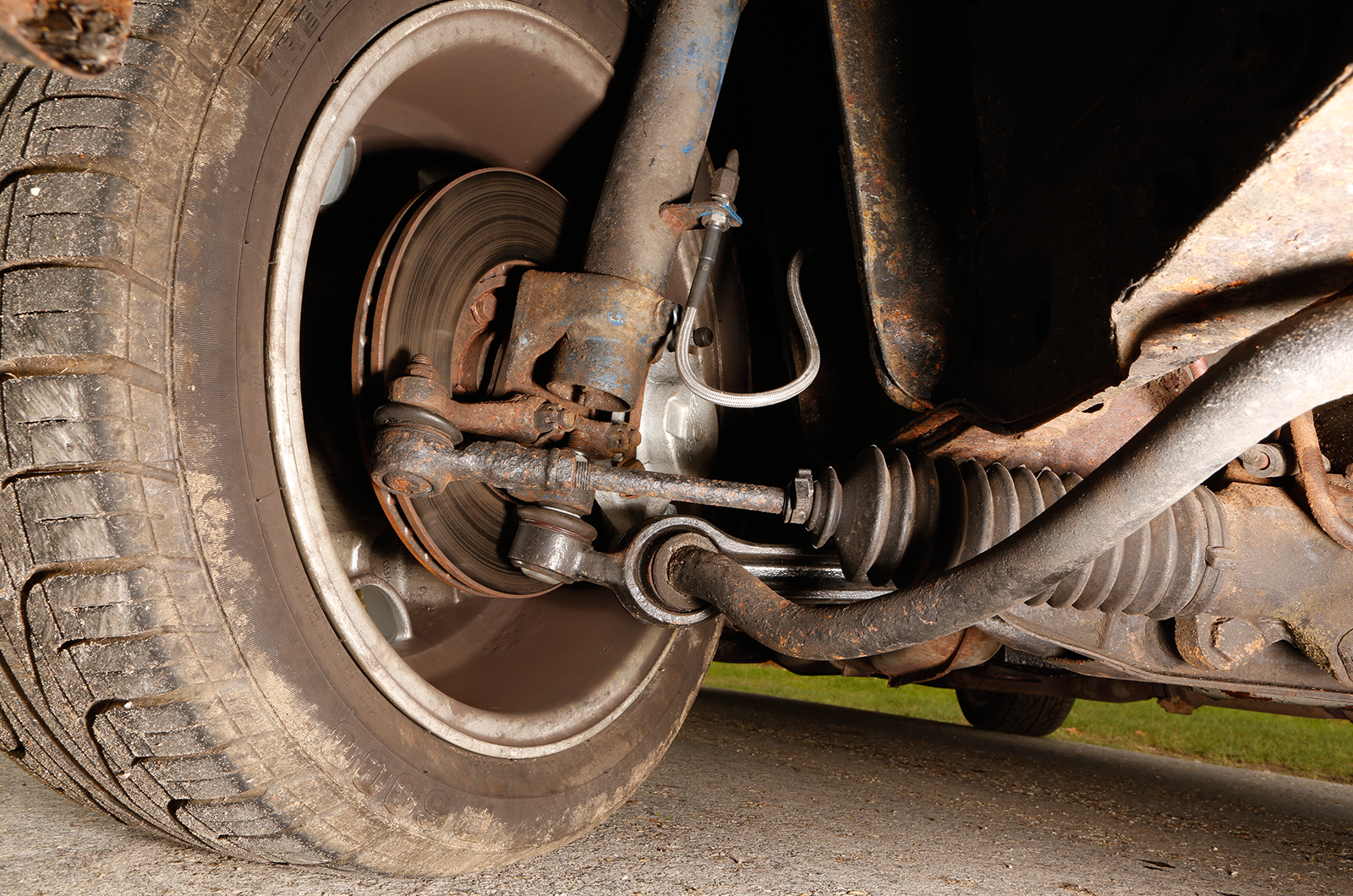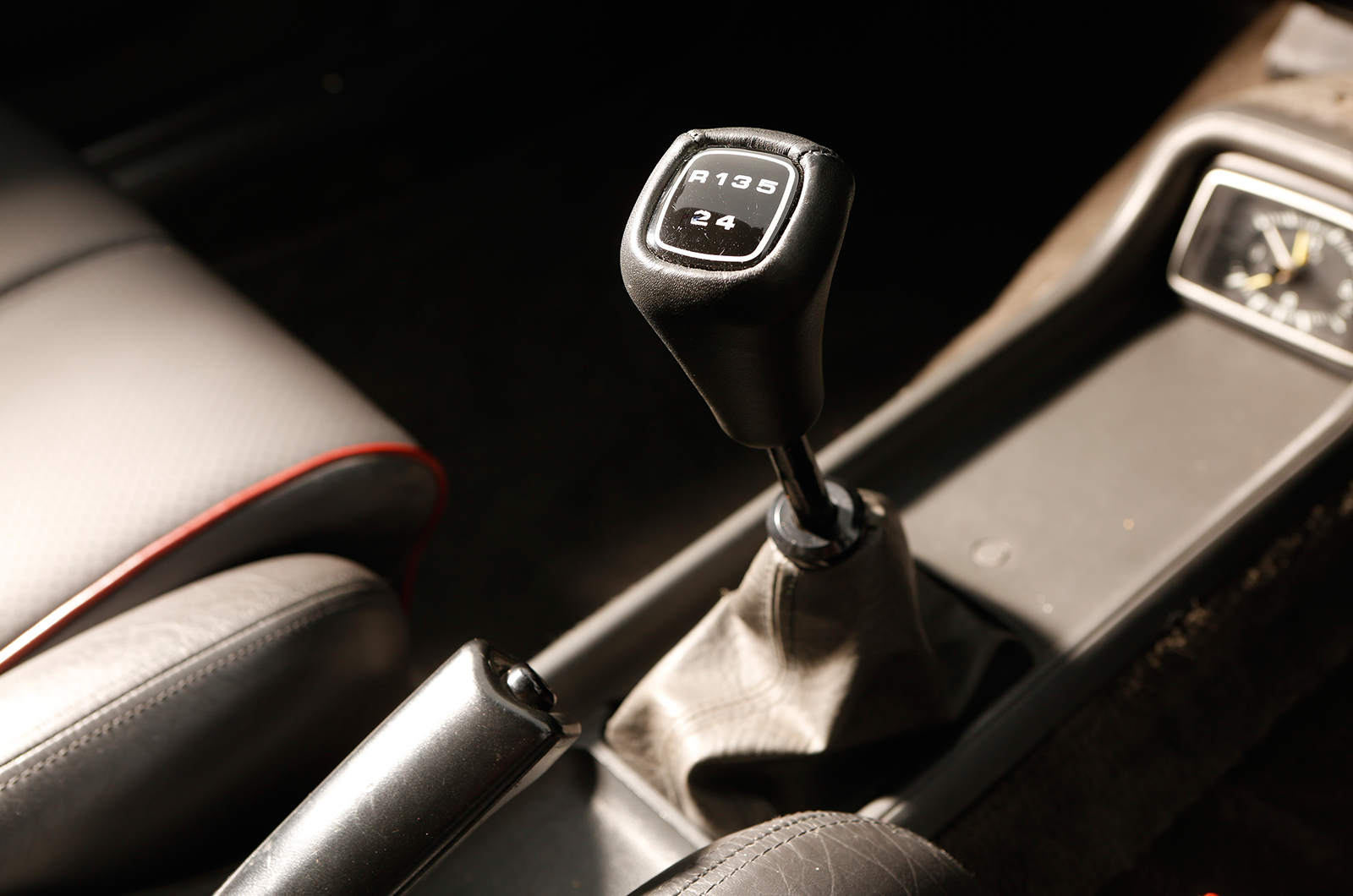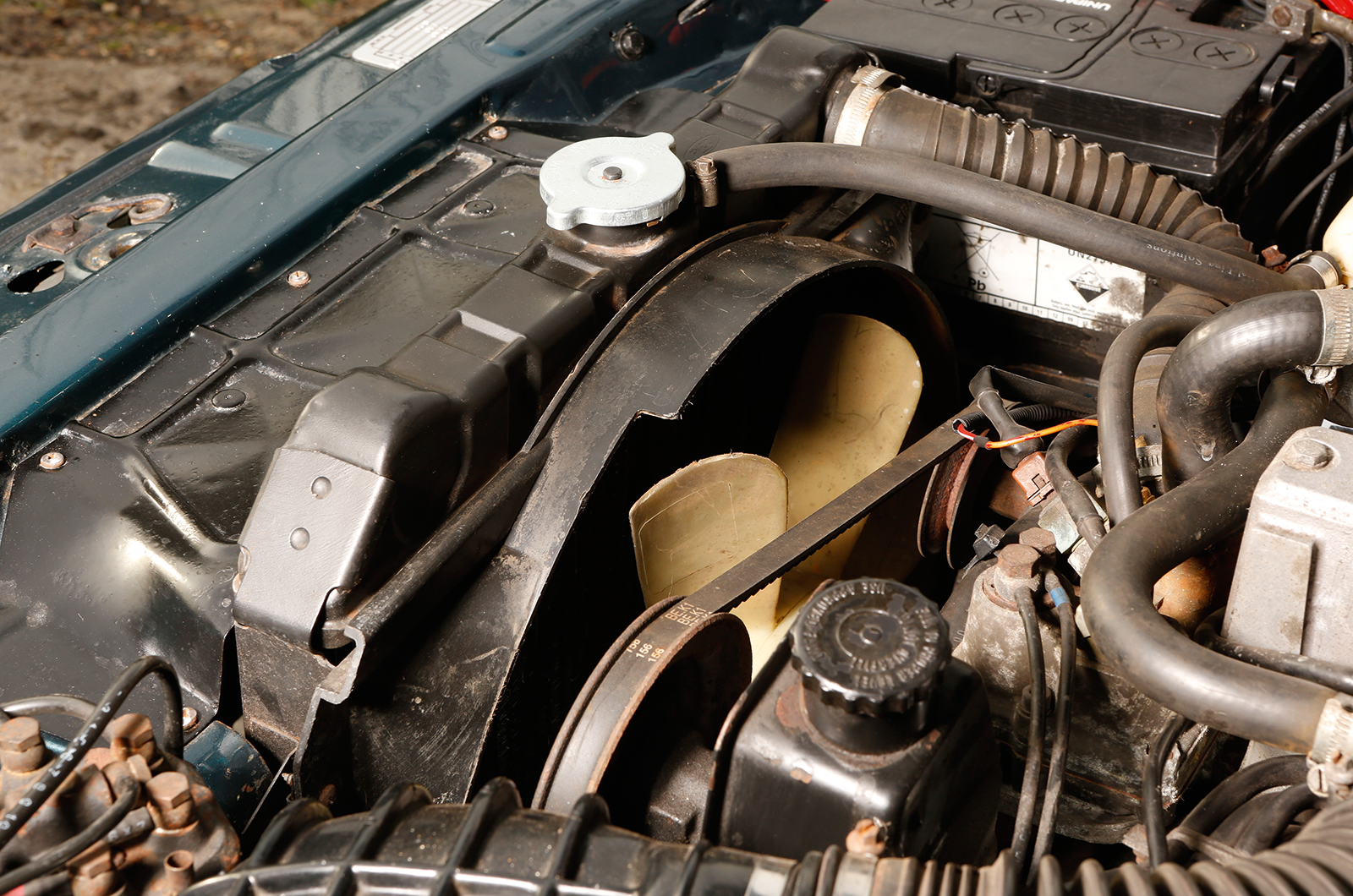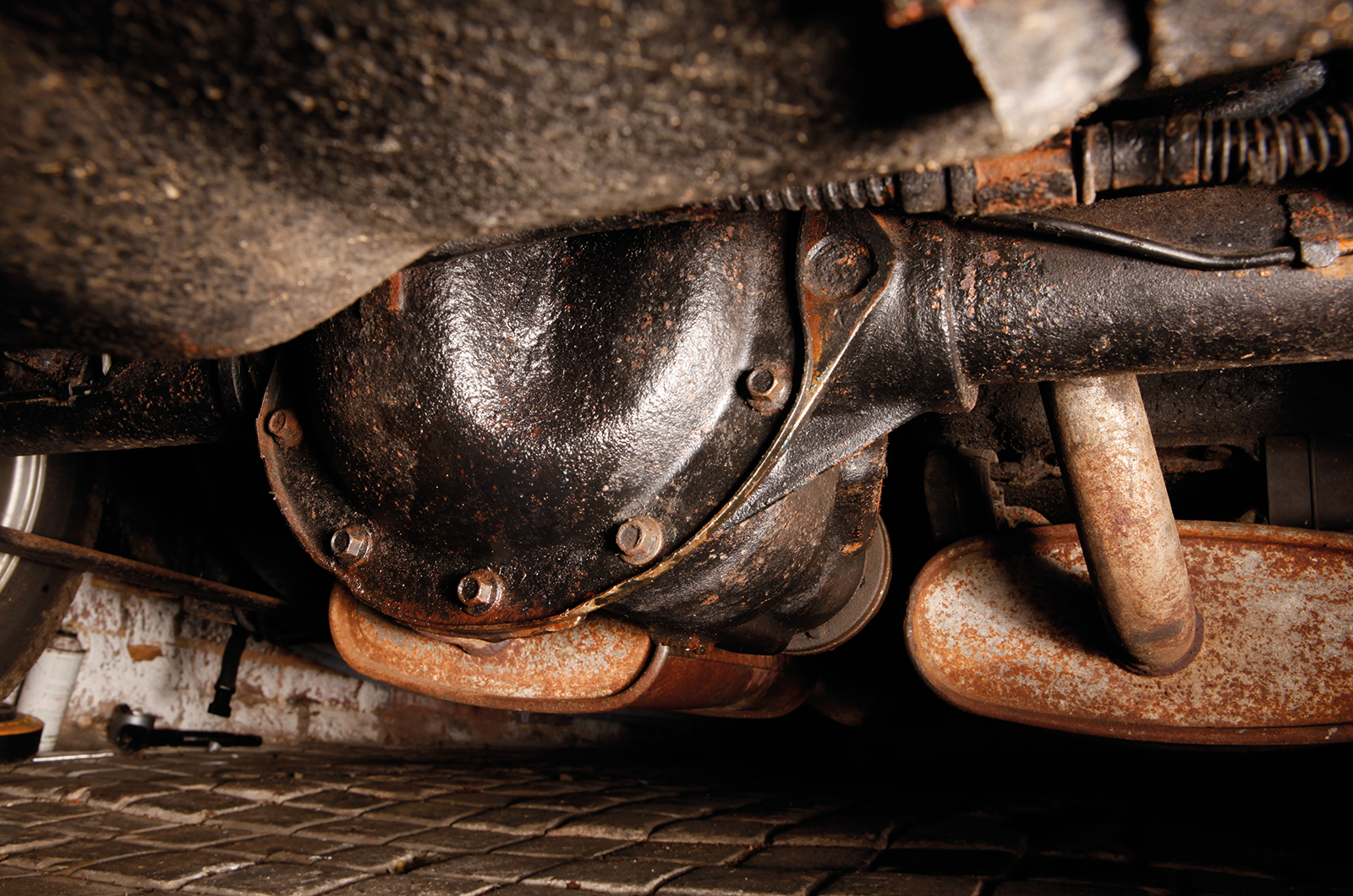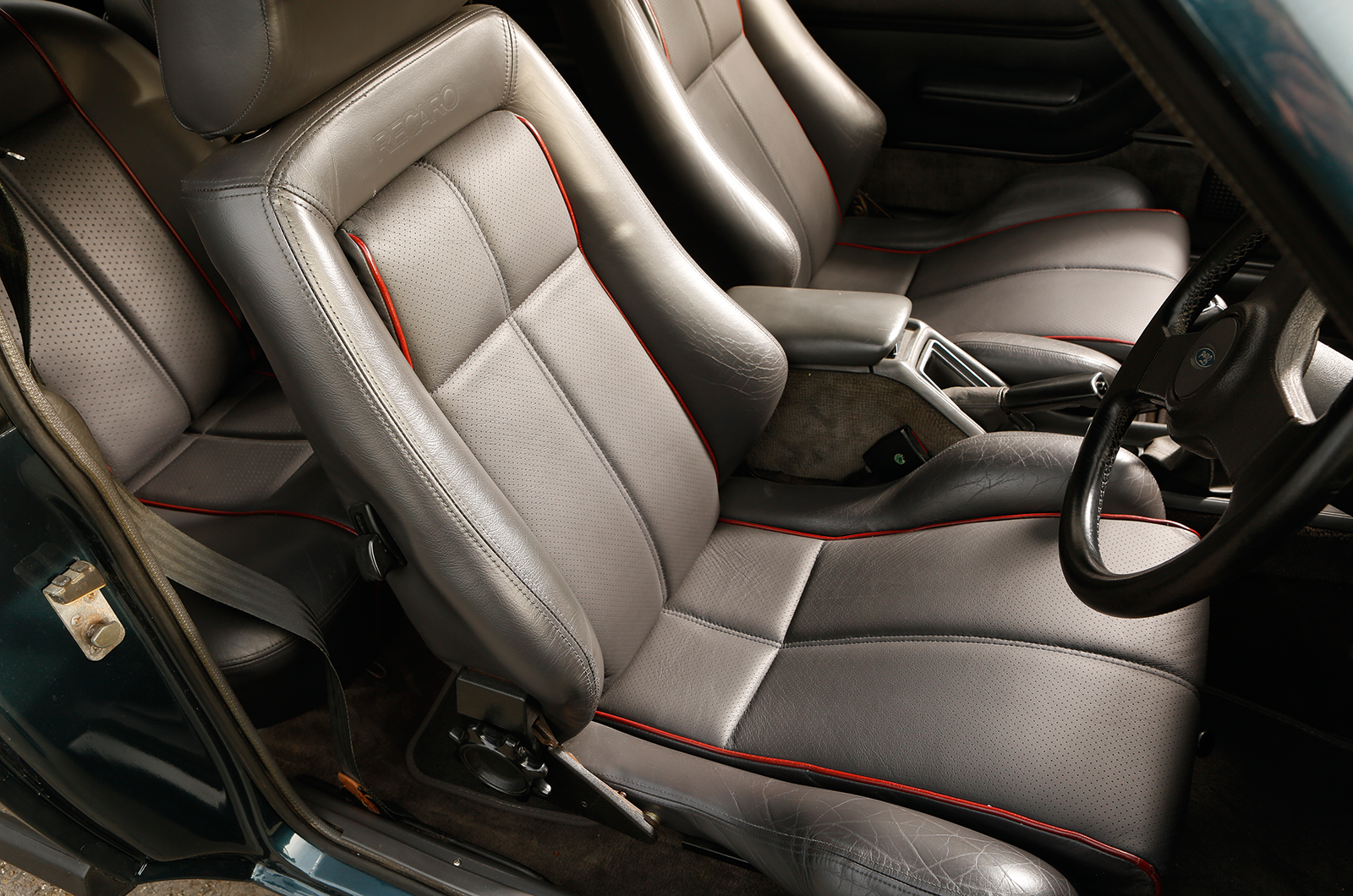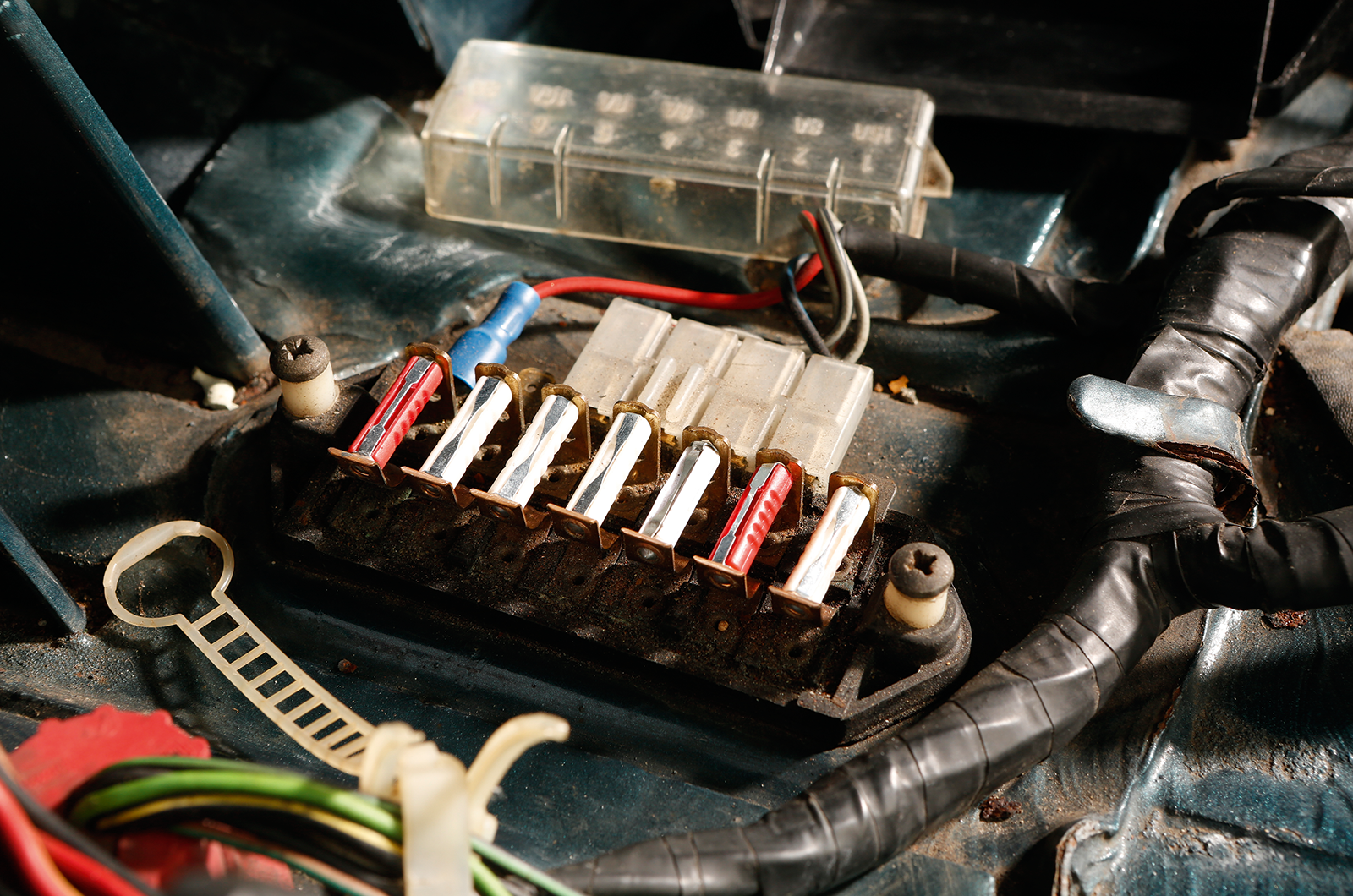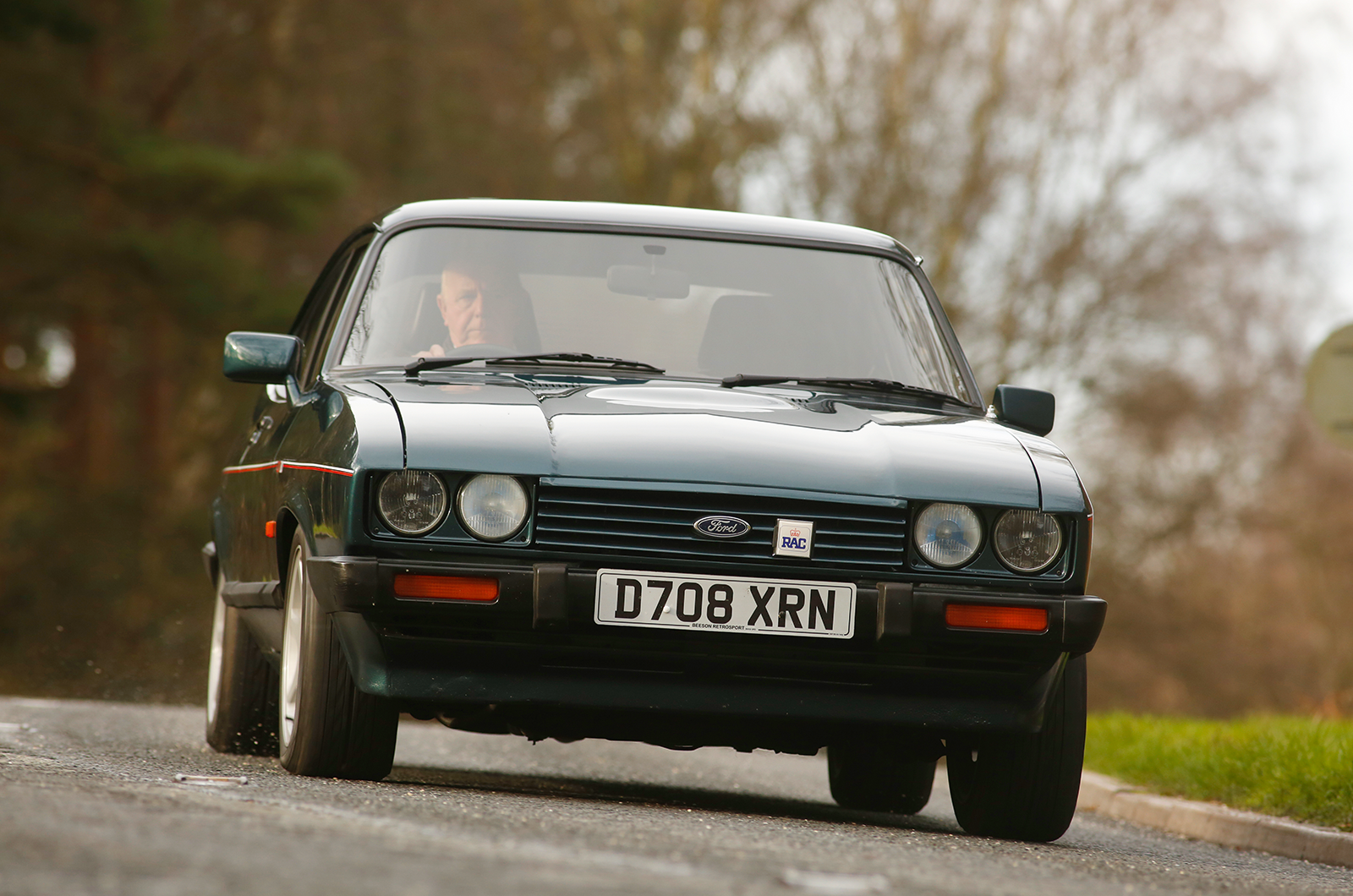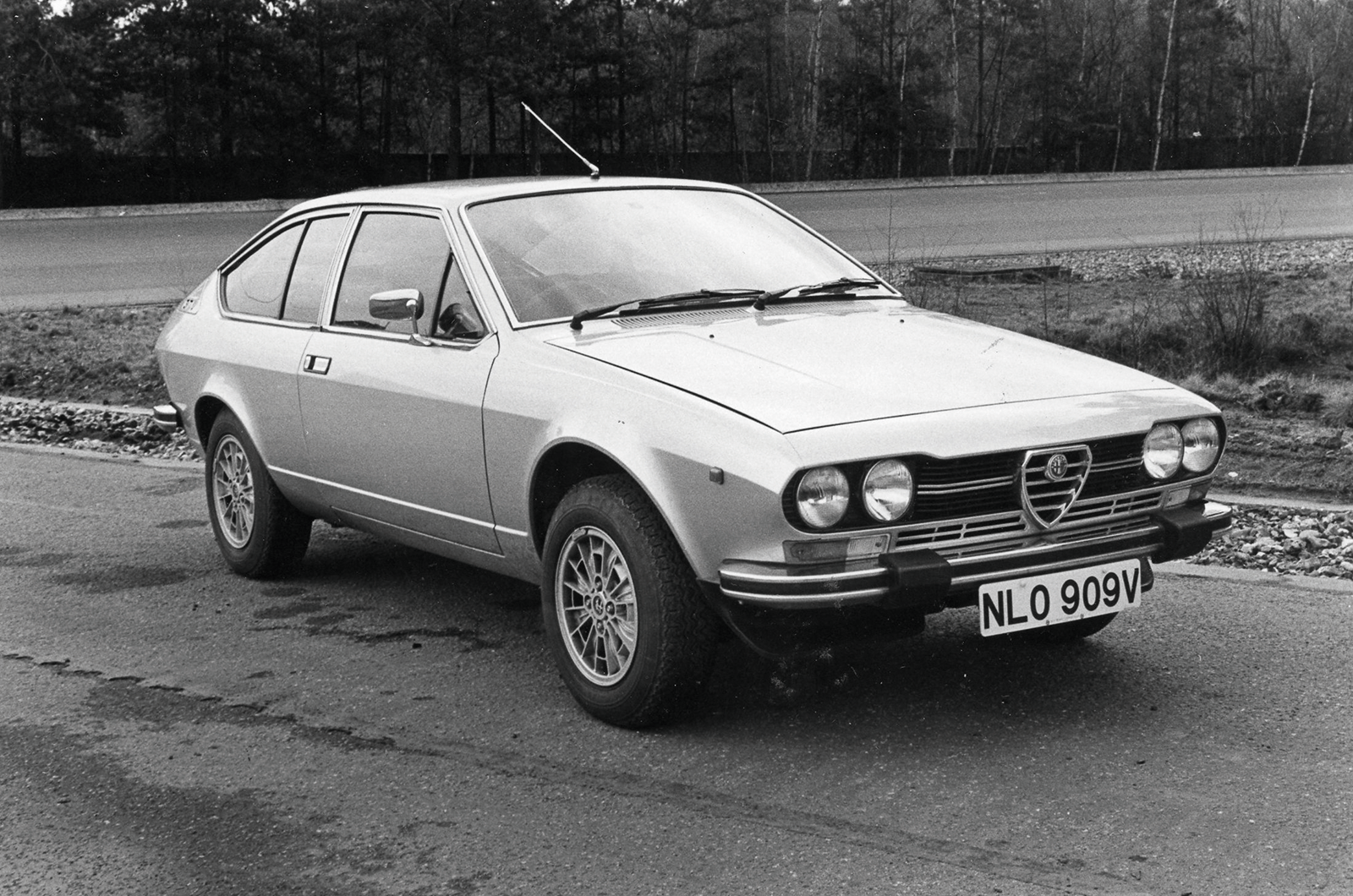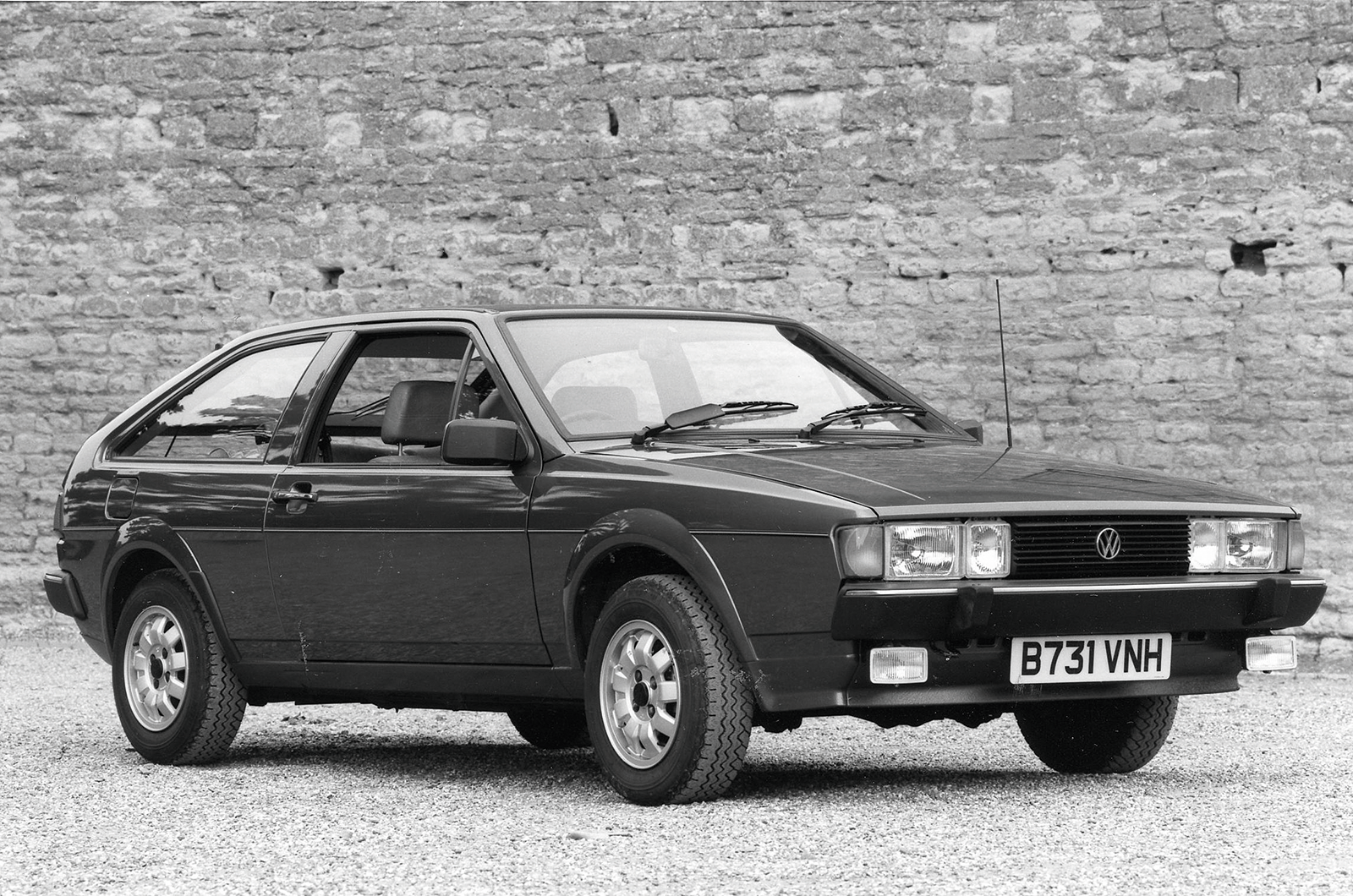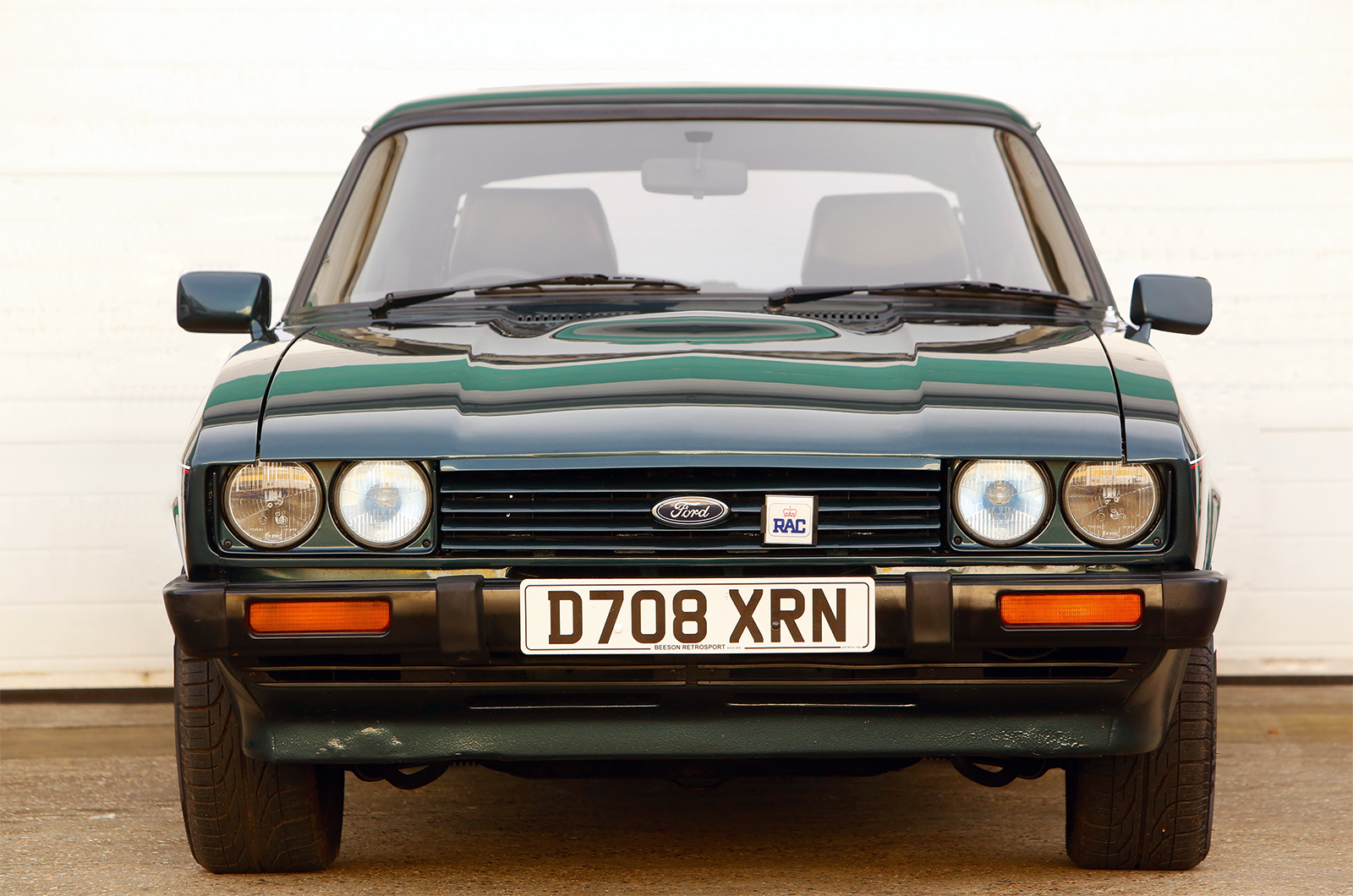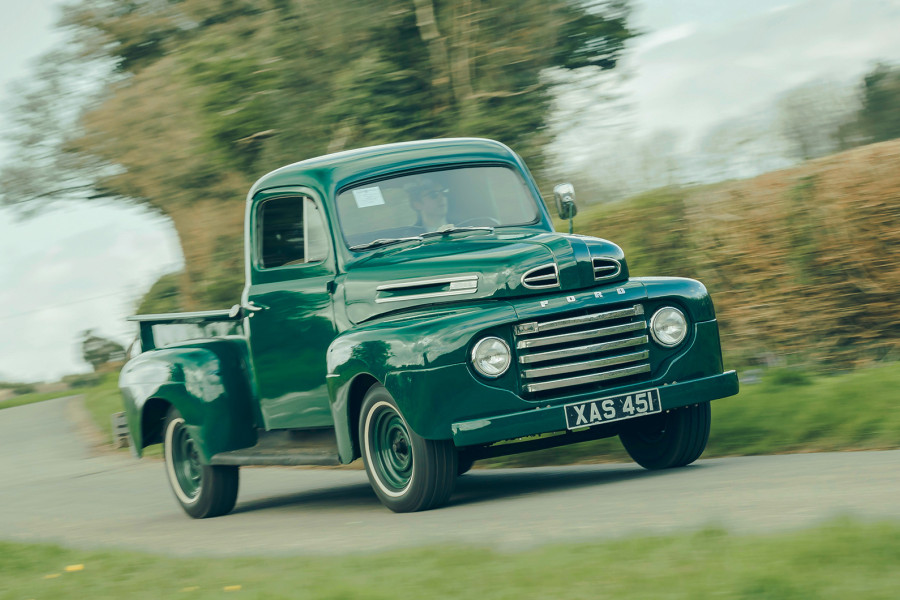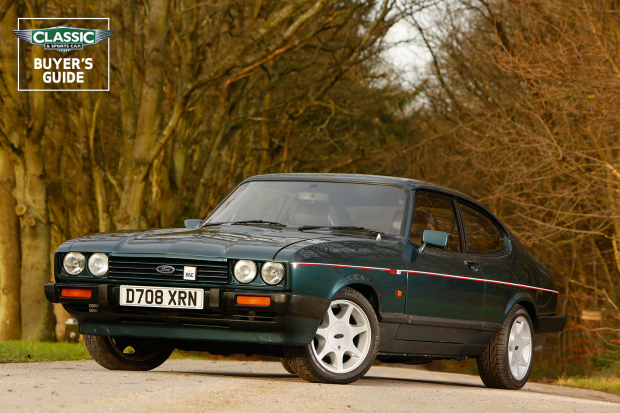
Why you’d want a Ford Capri MkIII
The Capri had been around for nine years and had sold more than 1.5 million cars when the MkIII makeover was announced in 1978. Sales would never match past records – and the only strong market remaining was the UK – but it would endure for almost nine years more.
The original design is now credited to American Phil Clark, also creator of the Mustang’s galloping horse logo, who worked under Roy Haynes at Ford of England from 1964.
Based on everyday running gear from the Cortina, the sporty 1969 coupé was available with a range of engine sizes from puny 1300 to the macho 3-litre Essex V6, which would pull in top gear from as low as 5mph all the way to 120mph. Brilliantly updated in 1974 with a rear hatch, larger interior and shorter nose, the Capri II kept sales flowing for a while, but they tailed off rapidly by 1977.
The III was introduced in March ’78, with improved aerodynamics, wraparound black bumpers and twin circular headlamps framing the Aeroflow grille that would become a Ford hallmark, like the sawtooth rear lights.
The clever grille design allowed plenty of air through at low speeds, but most flowed over the top as the car went faster. This and other tweaks, such as the ducktail spoiler on S models, reduced drag by 12%, giving a claimed 10% improvement in fuel economy and higher top speeds, too. L, GL and Ghia were the other levels of specification. Trim colours were tan, chocolate, black or dark red, with Recaro front seats optional on the S.
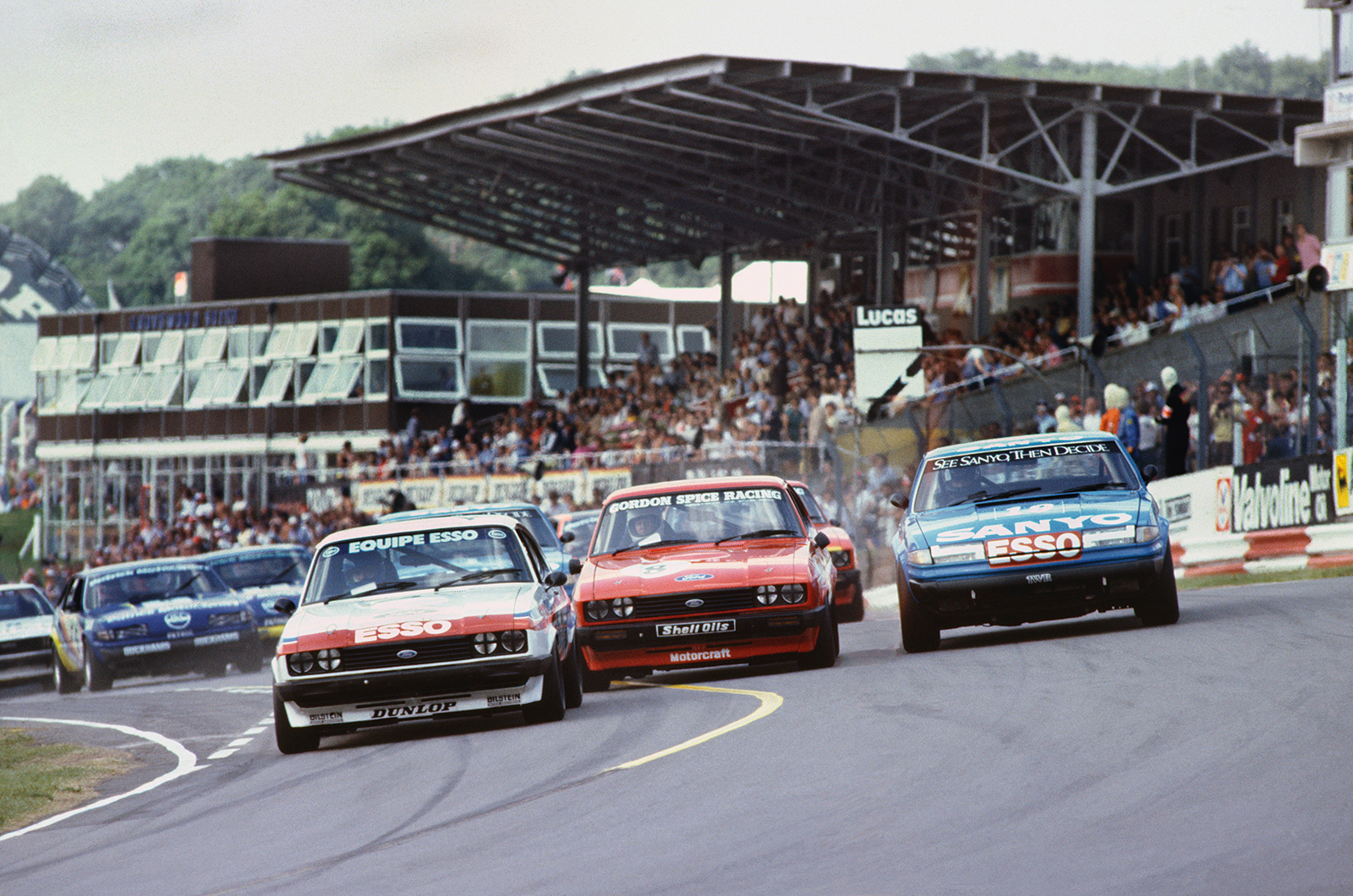

(l-r) Woodman and Spice lead Lovett’s Rover, BSCC Brands Hatch ’82; launch shoot in Tenerife, with, clockwise: S, Ghia, GL and L

